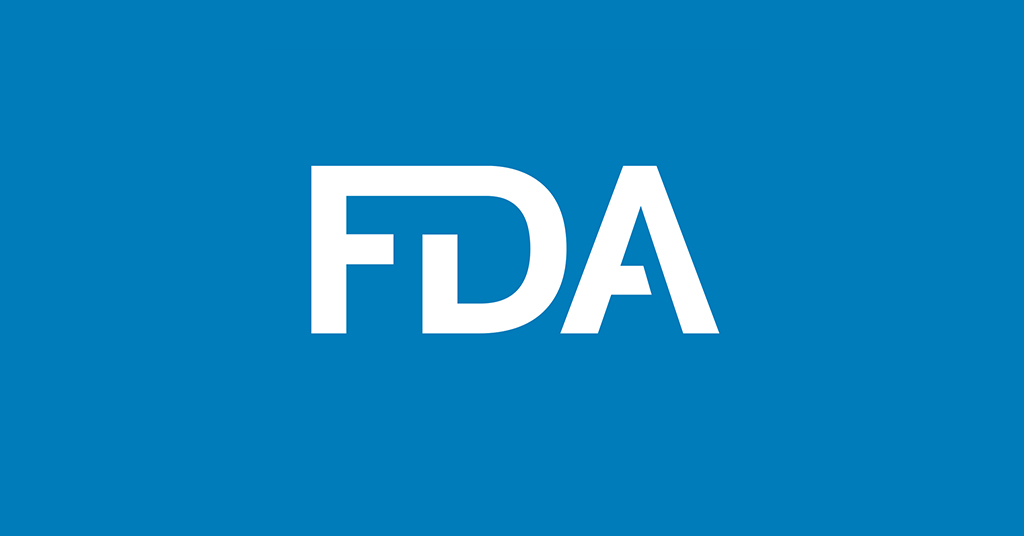FDA Sets Limits on Benzene Application in Medicinal Products
- 03-Jan-2024 5:57 PM
- Journalist: Sasha Fernandes
The US Food and Drug Administration (FDA) has recently concluded the finalization of guidance aimed at expediting the reformulation of drug products incorporating inactive ingredients manufactured with benzene.
This guidance extends its applicability to new drug applications, abbreviated new drug applications (ANDAs), marketed drugs, and nonprescription drugs. Encompassing various dosage forms, it includes topically applied liquid and semisolid forms such as creams, gels, lotions, and ointments, immediate-release solid oral dosage forms, modified-release solid oral dosage forms, and oral suspensions.
The FDA, in its announcement, urges manufacturers to promptly implement reformulation measures. Given the imperative nature of public health concerns, the FDA is implementing this guidance without prior comments to expedite its immediate effect.
The finalized guidance underscores that existing USP carbomer monographs permit benzene levels of 100 parts per million (ppm) or higher. Due to safety concerns and to eliminate any confusion related to these unacceptable benzene levels, the FDA has requested the United States Pharmacopeia (USP) to exclude or "omit" these monographs from their compendium. The USP has expressed its intention to remove five benzene-containing carbomer monographs, with an anticipated effective date of August 1, 2025, according to the FDA.
In response to an increasing number of recalls and warning letters associated with drug products containing benzene, the FDA flagged this ingredient as a "known carcinogen" last year. In December 2022, the FDA issued a statement cautioning manufacturers about the risk of benzene contamination and asserted that any drug containing over 2 ppm of benzene should be considered adulterated and subject to recall. This statement was subsequently updated on December 27, 2023.
The recommendations outlined in the guidance align with the International Council for Harmonisation (ICH) Q3C guidance on residual solvents, issued in December 1997, and its companion Q3C document from August 2018. The Q3C guidance suggests that if the use of benzene is unavoidable in producing a drug product with significant therapeutic advancements, its levels should be limited to 2 ppm. Additionally, the guidance aligns with FDA's scale-up and post-approval changes (SUPAC) guidance.
During the transition to non-benzene-containing carbomers, applicants and manufacturers are advised to assess the impacts of these changes on the drug product's identity, strength, quality, purity, and potency.
For marketed drugs, the guidance stipulates that most reformulation changes should be filed as either a changes being affected (CBE-30) supplement or a prior approval supplement (PAS).
Carbomers, as defined in the guidance, constitute a group of polymers consisting of acrylic acid widely used as inactive ingredients in drug product fillers, emulsifiers, gelling agents, and binding agents. Some carbomers currently employed as inactive ingredients are manufactured using benzene as a polymerization solvent.



